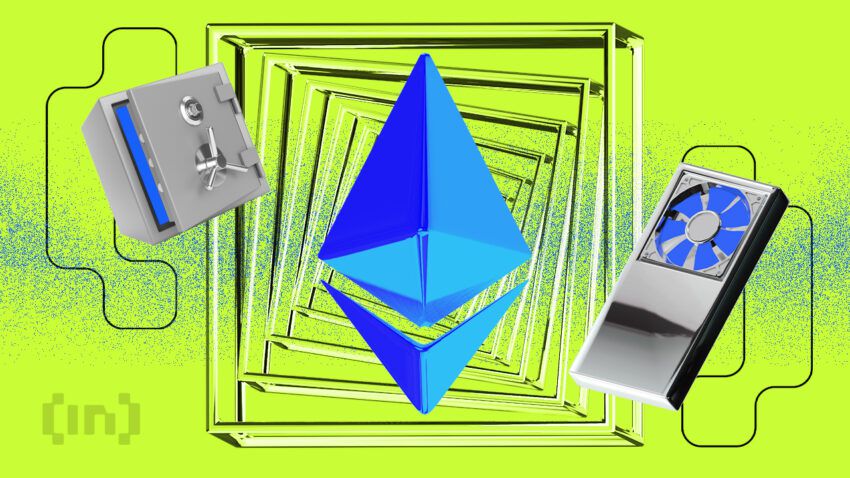In the realm of blockchain technology, Ethereum stands out as a trailblazer. Its decentralized network relies on nodes to maintain its functionality, with full nodes playing a crucial role. These full nodes are the backbone of the Ethereum network, facilitating transaction verification, smart contract execution, and more. In this article, we’ll take a comprehensive look at Ethereum full nodes, focusing on the intricacies of syncing and maintenance.
Understanding Ethereum Full Nodes

Definition and Importance
Ethereum full nodes are powerful computers that participate in the Ethereum network by maintaining an up-to-date copy of the entire blockchain. These nodes validate transactions and ensure that the network operates securely and efficiently. Without full nodes, the Ethereum ecosystem would be vulnerable to centralization and security risks.
Role in the Ethereum Network
Full nodes play a critical role in the consensus mechanism of Ethereum. They validate transactions and blocks, which helps prevent double-spending and ensures the accuracy of the blockchain. Additionally, full nodes contribute to the decentralization of the network, reducing the influence of any single entity.
Syncing: The Basics
What is Syncing?
Syncing is the process by which a new Ethereum full node downloads and verifies all historical transactions and blocks from the genesis block up to the current state. This process ensures that the node has an accurate and up-to-date copy of the blockchain.
Initial Node Setup
When setting up a new Ethereum full node, the syncing process is a crucial step. It involves connecting to the Ethereum network and downloading the entire blockchain history. This initial synchronization can take some time, depending on the chosen syncing method.
Syncing Process Explained
During syncing, the node downloads blocks from other nodes on the network. It verifies each block and its transactions before moving on to the next one. Once the syncing process is complete, the node becomes fully operational and can participate in transaction validation and other network activities.
Types of Syncing
Full Syncing
Full syncing involves downloading and validating every transaction and block since the genesis block. While it ensures the highest level of security and accuracy, it can be resource-intensive and time-consuming.
Fast Syncing
Fast syncing is a more efficient syncing method that downloads only the most recent state and headers of the blockchain. It’s faster than full syncing but requires trust in other nodes for historical data.
Archive Syncing
Archive syncing goes beyond full syncing by maintaining an exhaustive record of historical states. This is particularly useful for dApp developers and researchers who require access to extensive historical data.
Syncing Challenges

Bandwidth and Storage Requirements
Syncing can pose challenges due to the substantial bandwidth and storage requirements. Node operators need to ensure they have adequate resources to complete the syncing process successfully.
Syncing Timeframes
The time it takes to sync a node depends on the chosen syncing method and the state of the Ethereum network. Fast syncing is quicker than full syncing, but the timeframes can still vary.
Common Issues and Solutions
Syncing might encounter issues such as connectivity problems or slow peers. These issues can be resolved by adjusting configuration settings, choosing reliable peers, or restarting the syncing process.
Ensuring Node Health
Regular Maintenance Tasks
To keep an Ethereum full node healthy, regular maintenance tasks are essential. These include keeping the software up to date, monitoring system resources, and addressing any issues promptly.
Updating Ethereum Client Software
Ethereum client software evolves with network upgrades. Node operators should stay informed about updates to ensure compatibility and to benefit from performance improvements and security patches.
Monitoring Node Performance
Monitoring tools can help node operators track the performance of their nodes. By keeping an eye on resource utilization and syncing status, operators can address potential problems before they impact the node’s functionality.




Leave a Reply